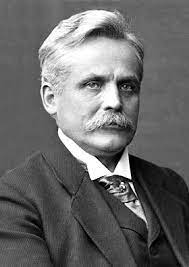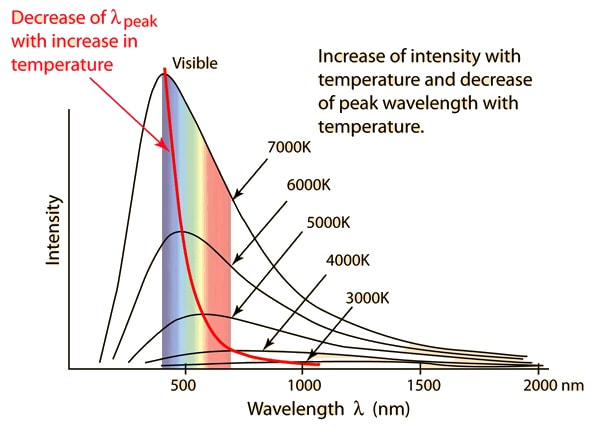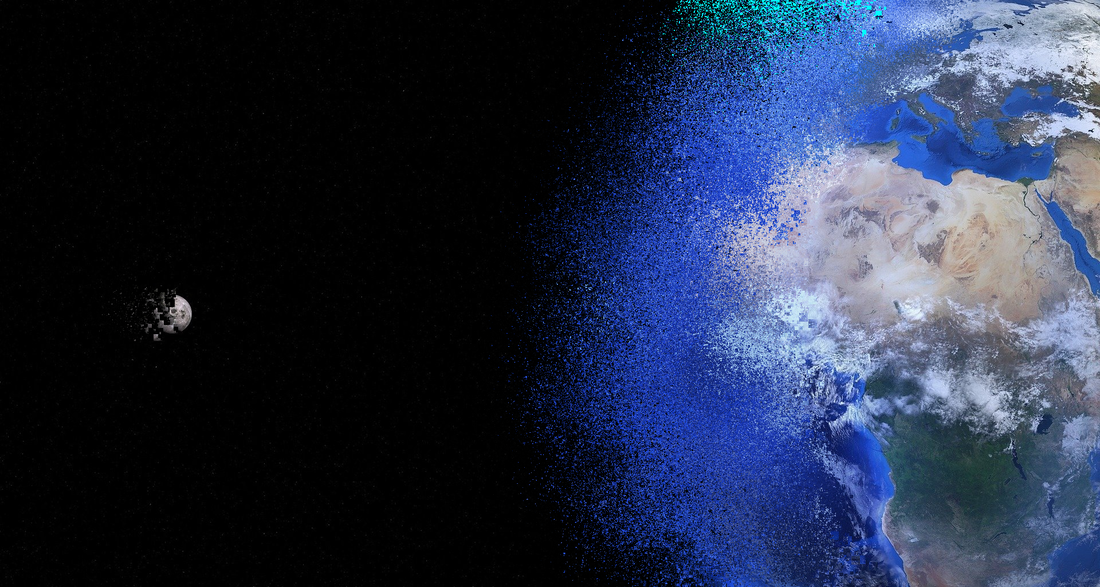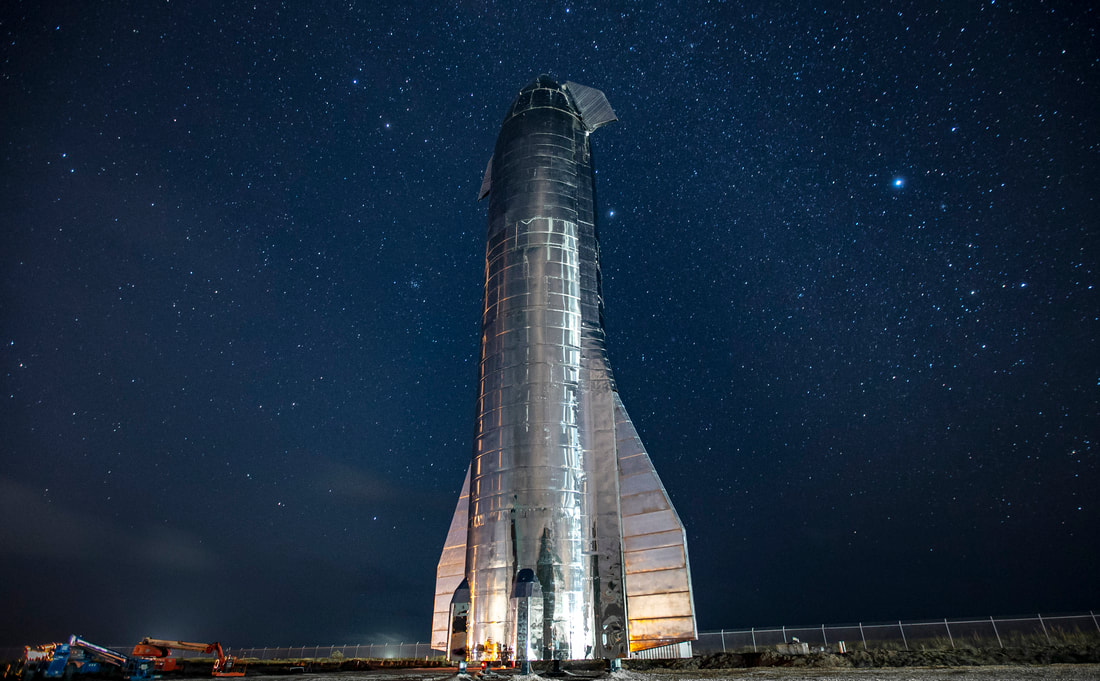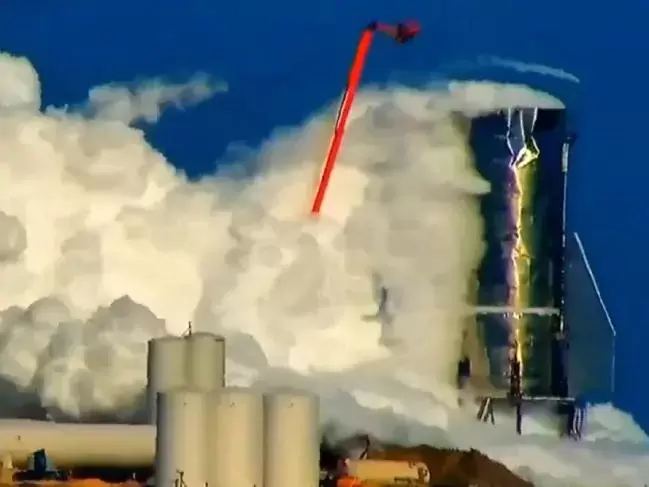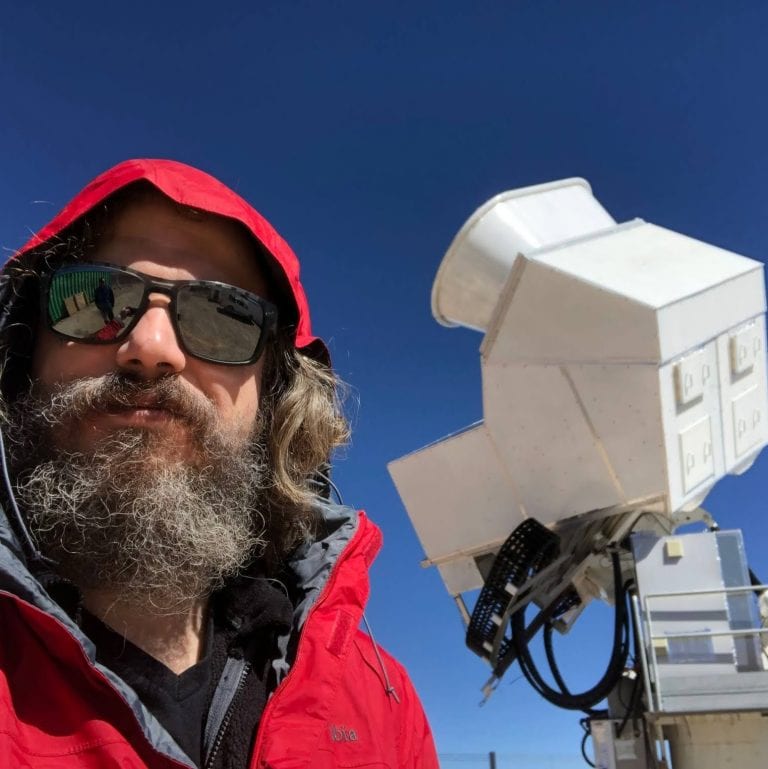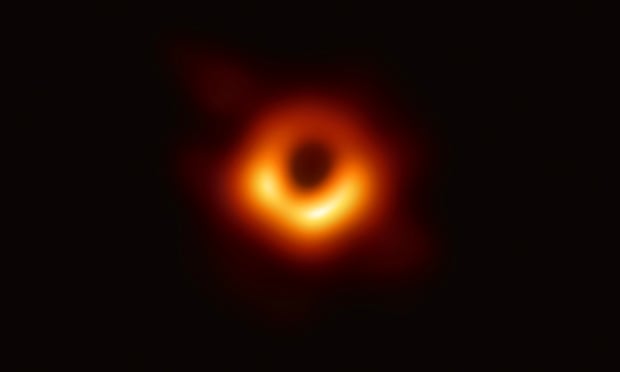|
We are all familiar with the dazzling pictures that JWST continues to produce. However, less people are aware of the ways that JWST observations are already changing our understanding of the universe. Here are some of the most recent highlights of JWST's groundbreaking discoveries. From the very data release, JWST was already upending our prior assumptions about the early universe. The conventional understanding before JWST was that the early universe contained a relatively small number of tiny galaxies with young stars. Researchers quickly found that data from JWST's first data release suggests that these galaxies from about 1 billion years after the Big Bang are much larger and contain much older stars than expected. Further, the JWST data suggests that the number density of galaxies in the universe is much higher than expected from theoretical models and Hubble observations. This finding could upend our understanding of galaxy formation and star formation in the early universe. Should more of these unexpectedly large galaxies be found in the early universe, it is likely that our current theory about the early universe will necessarily undergo significant changes. To read more, you can find the source paper here. Further, researchers have demonstrated that JWST is capable of impeccable resolution when analyzing areas of star-formation. Ideally, this will allow us to observe star formation in the early universe, giving us answers to the questions that JWST has already raised (source). Beyond the enlightening discoveries about galaxies and the evolution of the universe, JWST has already began to give us further insight about a closer neighbor: Jupiter. Impressively, JWST was able to capture the details of both the planet and its rings, which are a million times dimmer than the planet itself. Further, JWST was able to capture Jupiter's moons in the background. Quite impressively, Jupiter's aurora is also visible over the entire planet, indicating a complex magnetic field (source). JWST has demonstrated immense promise in its capability to contribute to planetary, galactic, and cosmological theory within its first year of operation. With more time, JWST will observe other lesser studied planets, such as Neptune, and will likely bring out a litany of new revelations. Another exciting prospect for discovery is JWST's observations of exoplanets, offering the possibility that we will discover more details about habitable exoplanets. Stay tuned for updates on all of the ground breaking results from JWST!
0 Comments
Today is an exciting day in the world of astrophysics, as the first images from the James Webb Space Telescope have been released nearly 20 years after construction began. JWST gives us a glimpse into the earliest times of the universe in extraordinary detail. The capability of JWST is on full display with the first deep field image released yesterday. Shown below is the first release from JWST versus a picture of the same location in the sky by Hubble: Remarkably, most of the points of light in this photo are galaxies from a time when the universe was much younger (4.6 billion years younger to be exact). It took Hubble several weeks to produce this image, meanwhile it only took JWST 12.5 hours.
Upon close inspection, it is clear that the gravitational lensing is far more prominent in the JWST photo. Gravitational lensing is a spectacular side-effect of Einstein's General Relativity, which predicts that the path light travels will bend as it travels near a strong gravitational object (such as a star, blackhole, or galaxy). This is the result of the fabric of space-time itself bending in the presence of a massive object. Webb is also sensitive enough to determine the composition of the atmospheres of exoplanets. Needless to say, JWST will revolutionize astrophysics while producing awe-inspiring pictures along the way. For more pictures released from JWST, visit https://www.nasa.gov/webbfirstimages I am excited to announce that plans for the return of the Future Voyager Scholarship (FVS) are underway! Trying to navigate fundraising and awarding a scholarship during a pandemic was incredibly challenging. I decided to put FVS on hold for the time being considering the ethical concerns with fundraising during an especially straining financial and emotional period. During that time I had an opportunity to rethink and revamp the scholarship. I am excited to announce those developments here!
First and foremost, the underlying purpose of FVS has always been to offer young students tools that they would otherwise not have access to to grow their interest in the sciences. I especially wanted to provide the scholarship to students who are especially in need and/or underrepresented. After further thought, I came to the conclusion that I cannot expect a middle schooler to be able to fully convey the inequalities they are facing, the burdens they bear (which they might not realize are abnormal yet), nor the systemic pressure they feel. Due to this, I am hoping to award the scholarship to a school or a classroom instead of an individual student. This will make it easier to reach our target group and reach more young students. Further, this will give us an opportunity to showcase exceptional students, classes, schools, and teachers who may otherwise not get recognition. Although the newest recipient has not been decided on yet, I am looking at middle schools in Harlem as likely candidates. For fundraising, I have a few plans and ideas in the works to expand fundraising. Space First will be collaborating with BlueShift, the Columbia University astronomy club, on fundraising. One of the events we are hoping to have is a telescope observation night, where optional donations are accepted. Further, I am considering setting up a music and talent showcase fundraiser, where individuals play music and perform for an audience that has donated to the fund. I am ecstatic that FVS is finally making a return! I will continue to post updates here. Please feel free to reach out or comment with ideas of suggestions! I have been looking forward to writing a scientific paper from the moment that I first saw one. I always loved the PRL formatting, even before I knew what it was. I am happy to share my first paper in PRL formatting that I wrote for my physics class this past semester (Quantum and Mechanical Waves). I decided to write an overview and brief derivation of Wien's Displacement Law. This work isn't exactly groundbreaking, but it was a very useful task none the less. I was able to learn Latex through this assignment, which is a skill I will most definitely use in the future. I wanted to share my work here! I hope you enjoy!
We have officially seen two billionaires travel to space within a week of each other. The first being Richard Branson of Virgin Galactic, and the second being Jeff Bezos of Blue Origin and Amazon. This may very well be a signal of change in the realm of space travel.
Alongside the astronauts that we grew up idolizing are now billionaires and tourists. This raises lots of problems for me. It begs the question, what does it mean to be an astronaut now? Has the achievement lost some weight now that money can buy it? I don't think the achievement of being an astronaut in the traditional sense is worth any less. I see going to space as a researcher and explorer very different from going as a tourist. Space is vast enough and complicated enough that we will always need explorers in space, but now they can coexist with tourists. I find that our reverence for astronauts ultimately comes from the fact that they are brave explorers of the unknown. Space tourism is fascinating in it's own right, but it will never require the same expertise and courage that being an explorer does. I think people will naturally recognize that difference. I think that space tourism has the potential to do a lot of good if done correctly. My hope is that space tourism focuses on what astronauts have coined as the "Orbital Perspective". This is a perspective that views the world as one, undivided by nation lines or tribe - a perspective that only going to space can possibly force you to see. Through the orbital perspective, one sees humanity mothered by a green world, held in equilibrium by a thin, fragile atmosphere. I hope that some of the rich and powerful space tourists's perspective on the world changes from going to space. Time will tell, but I am hoping for the best. I currently have the amazing opportunity to take a class from one of my heroes: Brian Greene. Brian Greene is a highly successful theoretical physicist, making significant contributions to String Theory. He has appeared on Jimmy Kimmel Live! and the Joe Rogan Podcast. The class I am taking from Dr. Greene at Columbia University is called Origins and Meaning which explores theoretical physics, life, and philosophy. This connection has always been incredibly fascinating to me, especially in regards to cosmology, which is the study of the origins of the universe. I thought this would be a good space to share some of the information I have learned in the class and through personal research! I highly recommend checking out Brian Greene's books; he is a fantastic author and is great at explaining incredibly complex topics in a way that pretty much anyone can understand. His most recent book is called "Until the End of Time", which I have attached the link to below along with his twitter and website. Finally, I have attached the file for my paper at the bottom as well. Enjoy! Until the End of Time: https://www.amazon.com/Until-End-Time-Evolving-Universe/dp/1524731676 Twitter: @bgreene Website: briangreene.org File for my paper:
One of SpaceX's major goals has always been to make deep space voyages a practical, cost-efficient, and common activity. SpaceX is in the process of making this a reality with its latest rocket, the Starship. The rocket is eye-catching. It looks as if it came out of a science-fiction TV show from the 1960's. Despite looking so whimsical, SpaceX has high hopes for their rocket of the future.
The rocket is planned to be flown both alone and as the second stage for a larger rocket for deep space missions. SpaceX plans to maximize efficiency with Starship by flying it with the ultra efficient SpaceX Raptor engine. The Raptor engine essentially re-burns lost fuel, allowing for a more effective usage of the fuel. Starship will also be reusable, which saves a large sum of money in the long run, which we have seen with SpaceX's Falcon 9 rocket. Earlier this year, SpaceX made a smaller prototype of the Starship, called the Starhopper, which was used to test hardware and flight systems. Starhopper also completed flight tests of the Raptor engine, which were successful. Recently, SpaceX has been assembling and running preliminary tests on a full scale Starship prototype. On November 21, 2019 the Starship prototype in Boca Chica, Texas, Mk-1, failed a pressurization test. The bulk head at the top of the rocket blew off, as the fuel tank failed to handle the pressure of the test. The rocket was left standing upright, as vapor continued to rise from the busted fuel tank. This event raised many questions about how Starship's development will be affected by the failure. SpaceX quickly made a statement explaining that the test was meant to push the limits of the rocket's capabilities, so the results were not unexpected. There will not be any significant setback to Starship's timeline and SpaceX plans to continue regular testing and operations. I look forward to seeing what Starship is capable of and the impact it will have on deep space travel. I would love to hear your thoughts on Starship and its effects! Congratulations to the 2019 Future Voyager Scholarship Recipient, Mason Fisher!
Mason was selected because of his consistent interest and involvement in STEM, as well as for his character. Along with being an incredibly smart, hard-working, and impressive student, he is also a kind individual. All of these qualities make him perfect for the Future Voyager Scholarship, and will be crucial to his future successes and endeavors. Mason received: •3D Printer •3 Spools of 3D printer filament (White, Black, and Blue) •Arduino Robotics Set •VR Headset •“Getting Started with 3D Printing: A Hands-on Guide to the Hardware, Software, and Services Behind the New Manufacturing Revolution” book Finally, thank you Milano’s Italian Restaurant for allowing us to host this surprise ceremony at their location! The next stage of fundraising for the 2020 Future Voyager Scholarship will be beginning soon! I plan to involve local businesses and restaurants in the fundraising process for the first time, in hopes of raising a greater sum of money, allowing the scholarship to have a greater impact.
About Dr. Tobias MarriageFor some background, I have attached Dr. Marriage's biography from the Johns Hopkins website. "Tobias Marriage’s research interests lie in cosmology and astrophysics with an emphasis on the cosmic microwave background (CMB). His research activities include millimeter-wave instrumentation, fieldwork, and analysis. Marriage played a major part in building the Atacama Cosmology Telescope (ACT), a mm-wave telescope 5,000 meters above sea level in Chile that studies fine angular-scale structure in the CMB. He and his group continue to work with ACT data and other datasets to study galaxies and galaxy clusters. Marriage is now a Co-PI of the Cosmology Large Angular Scale Surveyor (CLASS) project. CLASS is an array of telescopes designed to measure the CMB polarization on the largest angular scales over a broad range of frequencies. The primary goal of CLASS is to detect and characterize the expected gravitational waves from inflation via the induced B-mode polarization pattern in the CMB. CLASS also measures when the first stars formed (by constraining the optical depth to reionization) and searches for large angular scale polarization anomalies that could provide new insights beyond the current cosmological paradigm." I have also attached his Curriculum Vitae below.
The InterviewQ: Where do you see the future of astrophysics research going?
I see the near future playing out along the same lines as the last two decades. Powerful ground-based (e.g., 30 m class) and space-based telescopes (e.g., the James Webb Space Telescope) will enable astronomers, from individuals to medium-sized teams, to reveal the character of our universe. In the last twenty years, we have also witnessed the rise of mega-teams ("collaborations") that come together to make definitive measurements ("surveys") of large parts of the universe. The poster child of the next generation of these is going to be carried out over the whole southern sky by the Large Synoptic Survey Telescope. Though major surveys are also planned or taking place across the electromagnetic spectrum. Q: What do you find most exciting about the research that is being done right now in the field of astrophysics (including your own work with CLASS)? For me, the most profound questions center on understanding how the universe as a whole came to be the way it is. This has two parts: (1) making measurements back to the earliest times and then (2) using physics to understand what we see. For me, the most exciting part of this enterprise is when the physics with which we're familiar cannot explain the measurements. This has happened with dark matter and dark energy. These two effects govern the universe today, and we while we have a good mathematical parametrization for them, we don't know what they are from basic physical principles. These two things are probably the most significant mysteries facing physics and astronomy today. Q: What would you say is the frontier of astrophysics? (i.e. What are some of the major unknowns that astrophysicists are trying to solve?) Astrophysics is a broad discipline, and there are many frontiers. In cosmology, as I said, we don't know what dark matter is, and we don't understand why the expansion of the universe is accelerating (that's dark energy). The other major cosmological frontier is at the very beginning of the universe -- trying to understand what set the initial conditions from which the stars, galaxies, and, eventually, us grew. Right now the most successful theory of this is called inflation, which posits that everything in the universe grew from microscopic quantum fluctuations that were inflated to cosmological sizes. Sounds crazy but it works. Outside of cosmology, a major, relatively new, frontier is the study of exoplanets -- planets outside of our solar system. The holy grail here is to find an earth-like planet. Of course the newest frontier is gravitational wave astronomy with LIGO, VIRGO, etc. That is just getting started, and it will be exciting to see what more we learn from these measurements. Q: What advice would you give to a high school student with a keen interest in astrophysics and cosmology, like myself? In high school, of course you should take key science classes, like physics, chemistry, biology. But also learn how to read and write very well. This is harder than it sounds. I would recommend seeking out research at the university level early, starting second semester freshman year. (Take the first semester to settle in and get your feet on the ground.) Research tends to be focused on a particular problem, so you'll want to use your own reading and coursework to broaden your purview to be informed for your next steps. This includes taking the humanities seriously. I recommend being wary of having two concentrations (majors) unless you really want to do both. While having multiple degrees sounds attractive, it can be more rewarding to have one concentration (such as physics or astronomy) and then explore broadly and take the best classes in different departments. (This is what I wish I had done!) Thank you so much to Dr. Marriage for making this interview possible, providing such great responses, and being so kind throughout the process. It is greatly appreciated! This photo represents a major milestone for astrophysics. This is our first visual and direct evidence of a black hole. Black holes have long been theorized to exist, given they are allowed to exist in Einstein's equations. We have detected black holes, mainly through the radiation they exude: Hawking Radiation. However, a photo had never been taken of a black hole, mainly because of the engineering difficulties to do so. A team of scientists has finally conquered that feat. The scientists who coordinated this project made a network of telescopes around the world, calling themselves the Event Horizon Telescope Collaboration.
The scientists pointed all of the telescopes at the same point, essentially creating a telescope the size of Earth. Once the data from each telescope was stitched together, a single image of the black hole could be produced. On April 10, 2019, scientists unveiled this picture of the black hole at the center of Messier 87. It is important to note that technically the image shows the silhouette of the black hole, given it is currently impossible to view past the event horizon. What are your thoughts on the black hole? |
Categories |
||||||||||||||||||||



